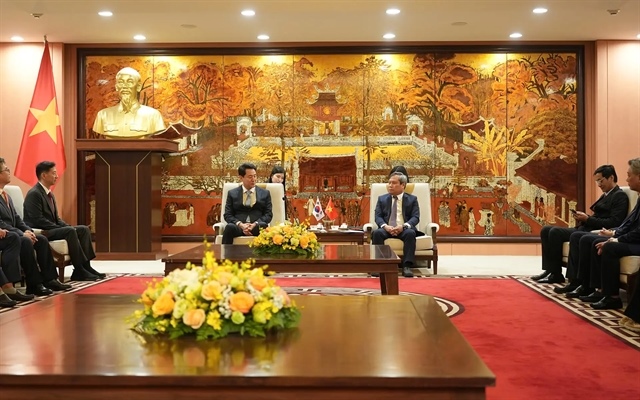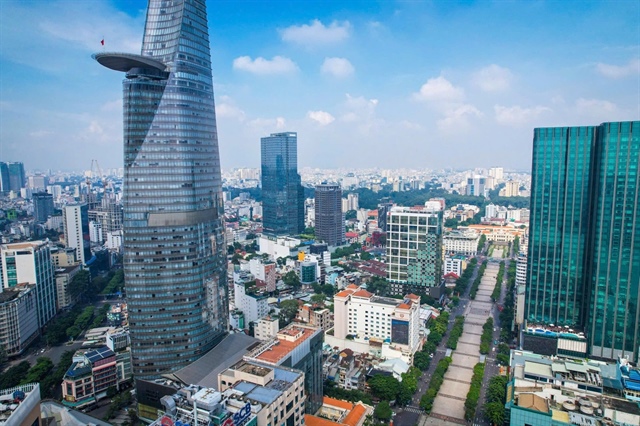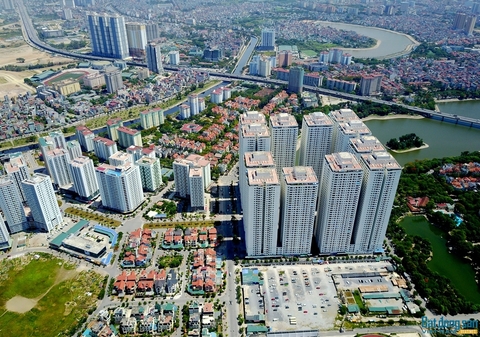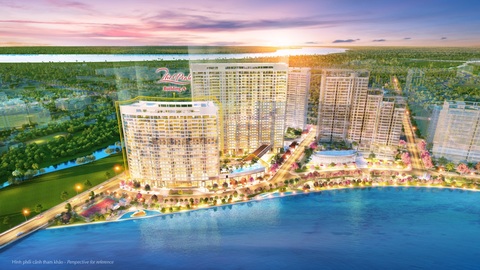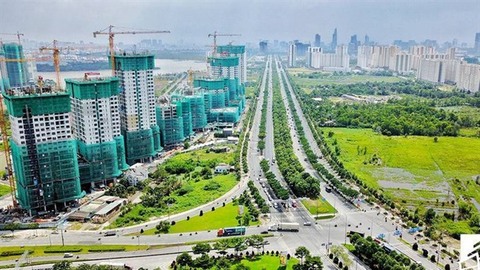A glut of supply down the line
A glut of supply down the line
In three years, from 2016 to 2018, Vietnam’s hotel rooms rose by a staggering 130,000 rooms. As more investment has been pumped continuously into the industry, a risk of glut is looming ominously.
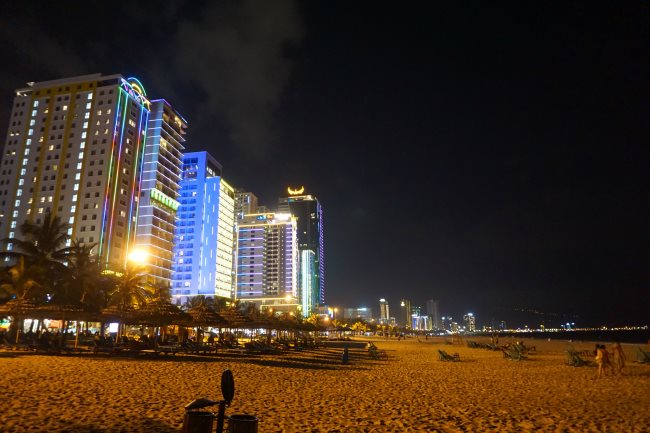
The high growth of Vietnam’s hospitality industry, in the numbers of both domestic and foreign travelers, has triggered a high demand for accommodation. Resultedly, the capital inflow has been channeled to this industry, particularly localities whose scenic spots—such as beautiful beaches and the azure sea—cause travelers to come in droves.
The hotel distribution map has seen significant changes. To put it differently, the luxury hotel segment, including four- or five-star hotels, no longer concentrate in only a handful of gateways or metropolises like Hanoi or HCMC, but to any place which is a big tourist destination. When it comes to beach resorts and hotels, the capital inflow has changed, too. Familiar names—such as Binh Thuan, which is dubbed Vietnam’s resort capital—are no longer exclusive. Investment is now channeled to either Khanh Hoa, Danang and Quang Ninh which all receive massive crowds of tourists from the country’s top markets like China and South Korea; or Phu Quoc, Vietnam’s treasure island, which fascinates tourists, domestic and foreign alike.
Last year, Khanh Hoa and Danang occupied the two top slots of Vietnam’s list of localities with the highest number of four- and five-star hotels, pushing HCMC and Hanoi to the third and fourth positions. Following these top places are Kien Giang, Quang Ninh, Ba Ria-Vung Tau, Thua Thien-Hue and Lam Dong.
Now home to 14,398 hotel rooms of four- or five-star standard, Khanh Hoa Province leads the country in this regard. Meanwhile, Danang offers 10,289 rooms, HCMC—which receives annually over 50% international arrivals to Vietnam—has 10,076 rooms, and Hanoi 8,267 rooms. A late comer, Kien Giang Province, with Phu Quoc Island as an attractive tourist destination, has 6,817 rooms.
In the annual report on Vietnam’s tourism industry released in July, the Vietnam National Administration of Tourism remarks that sustaining the growth rate achieved in 2017, the tourism accommodation system continued to be a magnet for investment in 2018.
By the end of 2017, Vietnam in total houses 508,000 hotel rooms. This figure rose to 550,000 last year. Over the past three years, the hotel sector has received 130,000 more rooms. The new rooms are mostly in beach or mountain resorts, homestay and timeshare in the central coast. In addition, the condotel form in tourist attractions—such as Danang, Khanh Hoa, Phu Quoc and Ba Ria-Vung Tau—has kept growing. As per the the regional profile, the north accounts for 33.6% of the total number of hotel rooms; the central region and the Central Highlands, 42.8%; and the south, 23.6%. The scale of tourist accommodation facilities in the central region is bigger than those in the north and the south.
Supply may surpass demand
According to the National Administration of Tourism, the turnout of international and domestic tourists posted positive growth last year. International arrivals rose to 15.5 million while domestic travelers reached 80 million. Although some localities in the central region generated rather high room occupancy rates up to 70%, the average rate across the board reached only 54%, down three percentage points year-on-year.
Hotel investors insist that these figures should be a good source of reference for an overall evaluation of what is going on in the business. Since early this year, there have been only a few hotel room shortages which lasted for a short time during several peaks or massive arrivals of tourists.
On the contrary, hotel room surplus has occurred in some localities, which exerts more pressure on hoteliers of smaller tourist accommodation facilities.
That part of the picture can be illustrated by the situation in some places. For instance, in the first half of this year, although the total number of travelers to Khanh Hoa increased, the province’s hotel room occupancy rate dropped from the year-earlier period. A provincial tourism report shows that in the first six months, the hotel room occupancy rate averaged out at 55% with a month falling to as low as 42%. In other destinations, despite a huge number of existing hotel rooms, new projects are still under way, which needs more tourists to fill out.
According to Tao Van Nghe, an expert in the field, the hotel room glut is most obvious in Khanh Hoa. Meanwhile, says Nghe, Danang has redundant hotels in the lower segment although this risk was predicted in 2017.
Nghe contends that the pressure on the hotel business is going to be heavier in the coming time given the abundant supply of not only traditional hotel rooms but also condotels.
Nguyen Duc Quynh, vice chairman of the Danang Hotel Association, says the hotel business in metropolises like Hanoi and HCMC is stable, but it is sour in some other localities, especially those without direct flights. Quynh argues that oversupply may dent profit generated in the industry. As price undercutting has been often resorted to in order to raise the occupancy rate, it is very difficult for hoteliers to improve their service quality.
“This situation is dangerous and likely to produce the domino effect,” says Quynh. “A price war may result in falling service quality. The long-term complication is lower competitiveness.”
Quynh says currently, the hotel sector in Vietnam relies largely upon domestic travelers and several key foreign markets, such as South Korea, China, Japan and Europe. It is prone to market fluctuations, and market expansion is thus a matter of life and death.
“As hotel room supply will continue to rise in the years to come, room surplus will be inevitable,” says Quynh. “Market expansion and diversification is indispensable.”
Meanwhile, Nghe argues that the hotel room industry is showing contradictory signals. In several big cities where the demand remains remarkable, the land fund in good locations has been used up. In others, land for hotel construction is large, but only few tourists have shown up. Nghe advises investors to carefully scrutinize market segments, products types and market potential before making a decision.
“It may not be wise to become embroiled in a war price,” Nghe emphas. “Hoteliers should avoid this trap. They must keep their quality and brand name at all costs. Otherwise, development is out of the question.”




